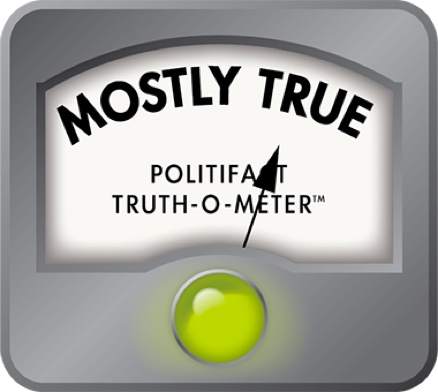TruthNotBS
Gold Member
- Mar 20, 2023
- 5,525
- 2,068
- 208
How did he "turn it around"?
Barack Obama took several key actions to turn around the recession he inherited from George W. Bush, primarily through a combination of fiscal stimulus, financial sector stabilization, and regulatory reforms.
1. American Recovery and Reinvestment Act (ARRA)
- In February 2009, shortly after taking office, Obama signed the American Recovery and Reinvestment Act (ARRA) into law. This $787 billion stimulus package was designed to spur economic growth and save jobs in the wake of the recession. It included a mix of tax cuts, unemployment benefits, infrastructure spending, and aid to state and local governments.
- The ARRA provided immediate relief by putting money into the hands of consumers and businesses, which helped to stabilize demand and prevent further economic decline.
2. Stabilizing the Financial Sector
- Obama continued the efforts started under Bush’s administration to stabilize the financial sector. This included implementing the Troubled Asset Relief Program (TARP), which injected capital into banks to prevent them from failing. While TARP was initiated by Bush, Obama expanded its scope and use to address the crisis more comprehensively.
- Additionally, Obama supported measures to recapitalize and restructure failing banks, ensuring that the financial system remained solvent and capable of supporting the broader economy.
3. Auto Industry Bailout
- The Obama administration intervened to rescue the U.S. auto industry, particularly General Motors (GM) and Chrysler, which were on the brink of collapse. The administration provided bailout funds and oversaw the restructuring of these companies, leading to their eventual recovery and the preservation of hundreds of thousands of jobs.
- The auto bailout, though controversial, was credited with saving a critical sector of the economy and preventing further job losses.
4. Dodd-Frank Wall Street Reform and Consumer Protection Act
- To address the root causes of the financial crisis and prevent future economic disasters, Obama signed the Dodd-Frank Wall Street Reform and Consumer Protection Act into law in 2010. This legislation introduced a range of regulatory reforms aimed at increasing transparency, reducing systemic risk, and protecting consumers.
- Key provisions included the creation of the Consumer Financial Protection Bureau (CFPB) to oversee financial products and services, and the Volcker Rule, which limited certain speculative activities by banks.
5. Unemployment Relief and Extension of Benefits
- Obama extended unemployment benefits for millions of Americans who had lost their jobs during the recession. This provided critical support to those struggling to find work and helped sustain consumer spending, which is vital for economic recovery.
- The administration also implemented job training programs and initiatives to help the long-term unemployed reenter the workforce.
6. Support for Homeowners
- The Obama administration launched programs like the Home Affordable Modification Program (HAMP) and the Home Affordable Refinance Program (HARP) to assist homeowners struggling with mortgage payments. These programs helped millions of Americans avoid foreclosure and stabilize the housing market, which was at the heart of the financial crisis.
7. Long-Term Economic Reforms
- Beyond immediate crisis management, Obama focused on long-term economic reforms, including investments in clean energy, healthcare reform (through the Affordable Care Act), and education. These initiatives aimed to build a more resilient and equitable economy for the future.
Results
- By the time Obama left office in 2017, the U.S. economy had experienced significant recovery. Unemployment had fallen from a peak of 10% in October 2009 to 4.7% by January 2017. The stock market had rebounded, and GDP growth had resumed, though at a moderate pace. While not all aspects of the recovery were flawless, the actions taken by Obama helped to avert a deeper economic catastrophe and set the stage for sustained growth in the years that followed.
